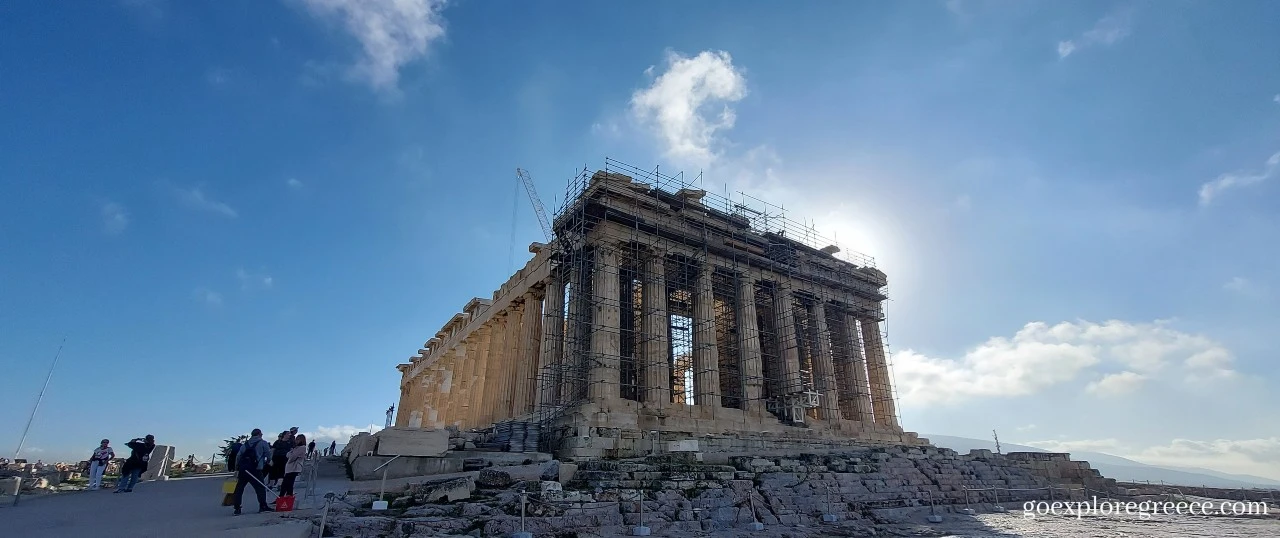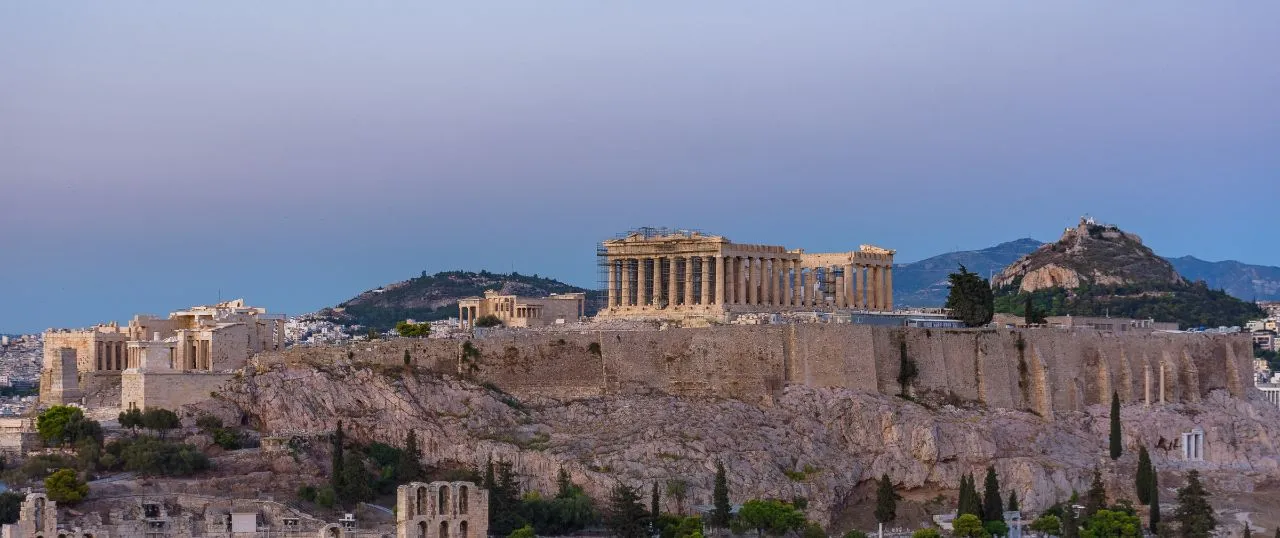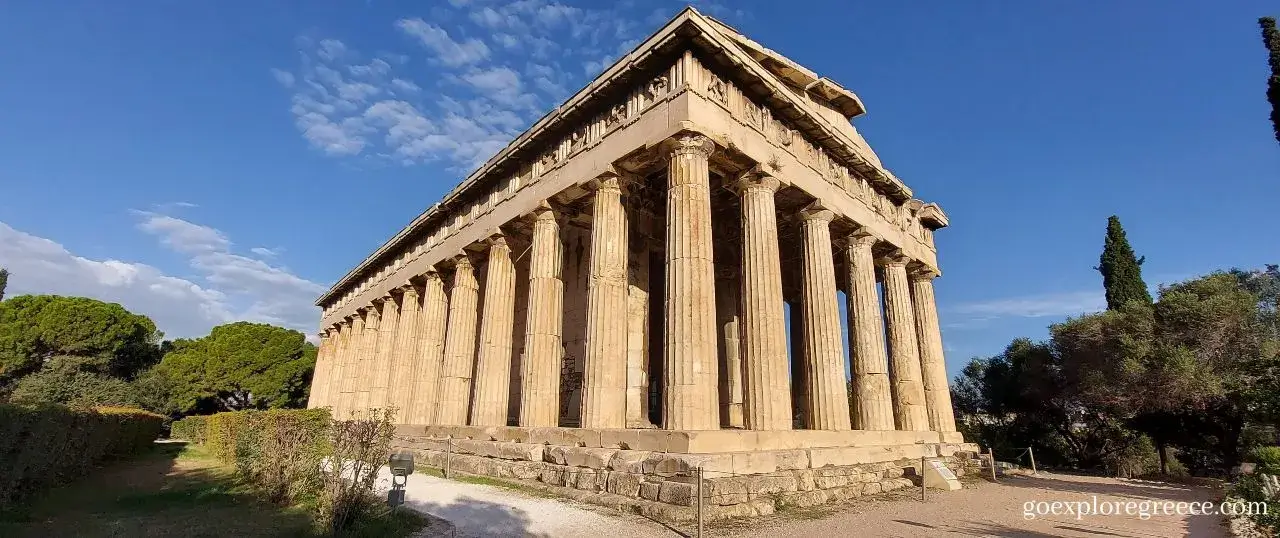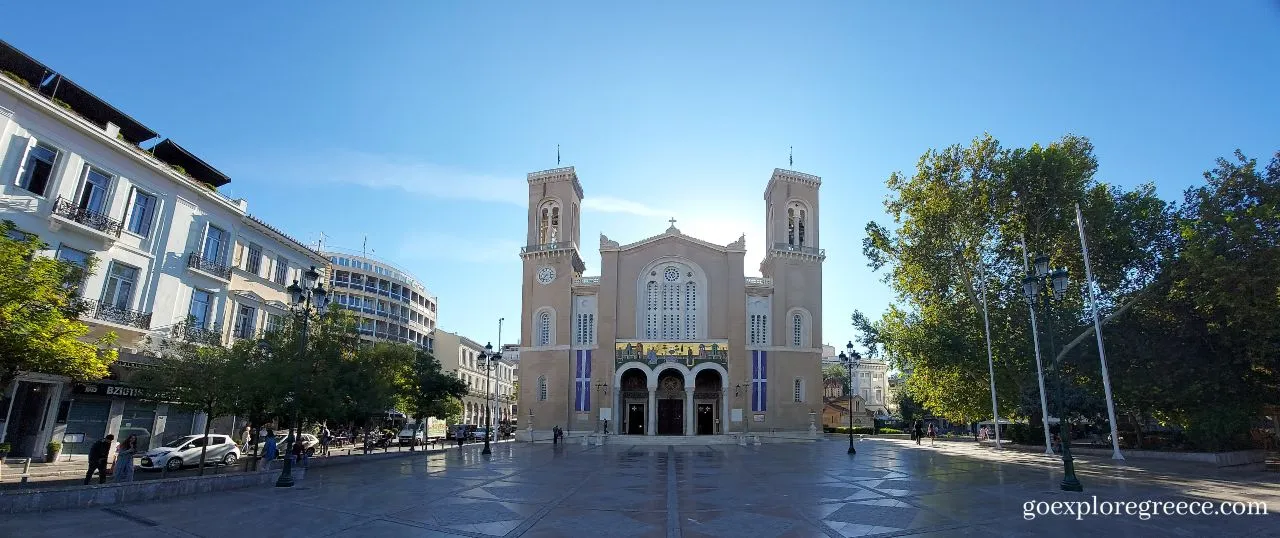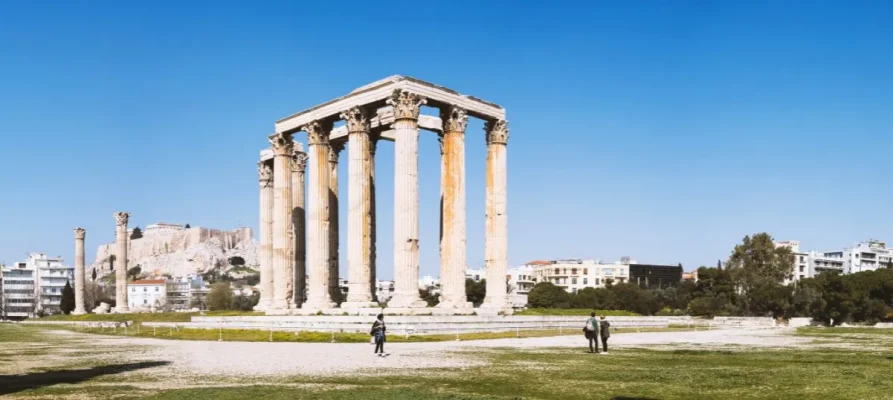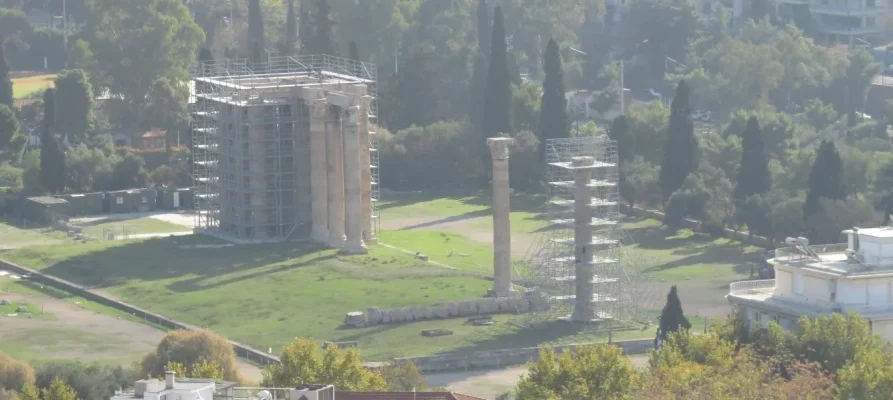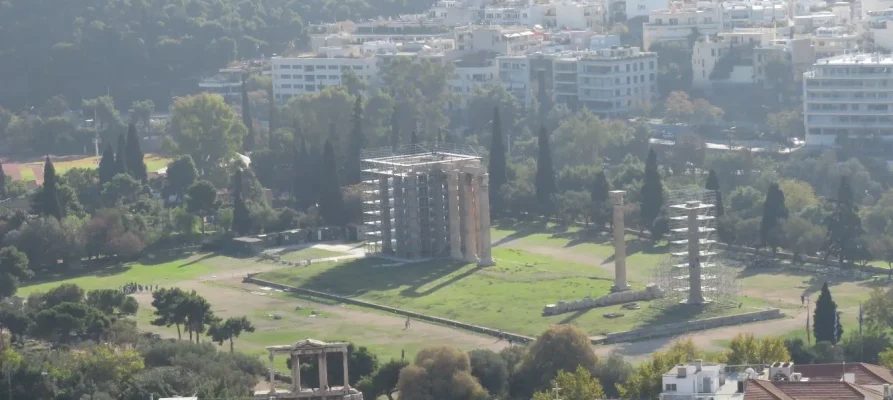Temple of Olympian Zeus
Temple of Olympian Zeus
The Temple of Olympian Zeus. From its incredible architecture to its deep-rooted history, this ancient temple will captivate your imagination and transport you back to a time when gods and legends ruled the world. So, join me on this journey to discover why visiting the Temple of Olympian Zeus should be at the top of your Athenian adventure.
Situated in the heart of Athens and about five minutes walk from the Arch of Hadrian, the Temple of Olympian Zeus is impossible to miss. With its colossal columns reaching skywards, this iconic monument has been a central part of the city’s history for over two millennia. The area is charming, with its narrow streets, colourful neoclassical buildings, and countless cafes and shops – the perfect backdrop to your visit to this ancient marvel.
As the name suggests, the Temple of Olympian Zeus was built in honour of the chief Greek god, Zeus, and its grandeur is a testament to his mighty power. Also known as the Olympieion or the Columns of the Olympian Zeus, this monumental temple once boasted 104 colossal Corinthian columns, making it one of the largest and most impressive temples in the ancient world.
Construction of the temple began in the 6th century BC, under the rule of the Athenian tyrants, who envisioned a grand structure that would showcase the splendour and power of their city. However, in the reign of the Roman Emperor Hadrian in the 2nd century AD, the temple was finally completed after more than 600 years of work. Hadrian was a great admirer of Greek culture, and the temple’s completion was a testament to his deep respect for Athens and its people.
The Temple of Olympian Zeus is primarily made of Pentelic marble, a white, fine-grained marble quarried from Mount Pentelicus, located approximately 16 km (10 miles) northeast of Athens. Pentelic marble was highly prized in ancient Greece for its purity and consistency, making it the ideal choice for monumental structures, such as the Parthenon on the Acropolis of Athens.
Over the centuries, the Temple of Olympian Zeus has seen its fair share of history. It has been a place of worship, a symbol of power, and even a quarry for building materials during Byzantine times. Despite its various roles, the temple has remained an enduring icon of Athens, standing tall amidst the passage of time.
When you first set foot within the temple grounds, it’s hard not to be struck by the sheer size and majesty of the remaining columns. Only 15 of the original 104 columns are still standing, but their towering presence is enough to give you a sense of the temple’s former glory. As you walk around the site, you can’t help but imagine the awe and reverence that the ancient Athenians must have felt in the presence of such a magnificent structure.
But the Temple of Olympian Zeus is a testament to ancient architecture and craftsmanship and a living, breathing piece of history. When you touch the ancient marble and gaze up at the towering columns, you are connecting with centuries of human experience – the triumphs and tragedies, the hopes and dreams, the stories and legends that have shaped our world. It’s an incredibly humbling and inspiring experience you will never forget.
Access to the Temple of Olympian Zeus and the surrounding archaeological site is generally suitable for visitors with disabilities and impairments. The main entrance to the temple grounds is equipped with a ramp for wheelchair users, and paved pathways lead to the temple and other points of interest in the area.
However, it’s important to note that the site is an ancient monument. The terrain might not be as smooth or even as one would find in a modern facility. Some areas might be challenging to navigate for those with mobility impairments, and there may be occasional uneven surfaces or small steps.
For visitors with visual or hearing impairments, it is recommended to bring a companion to help with navigation and interpretation of the site. There may not be dedicated resources such as audio guides or tactile maps available at the temple.

